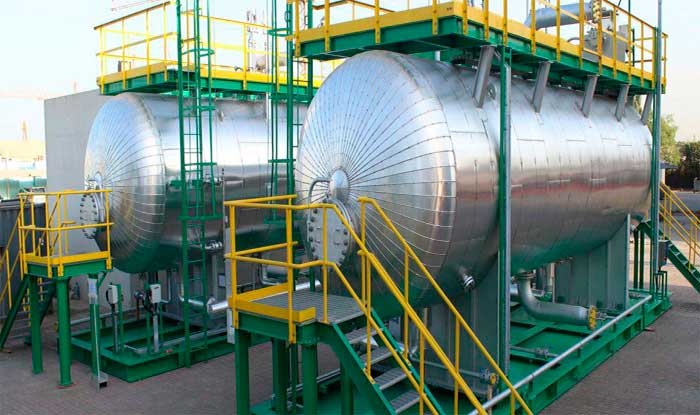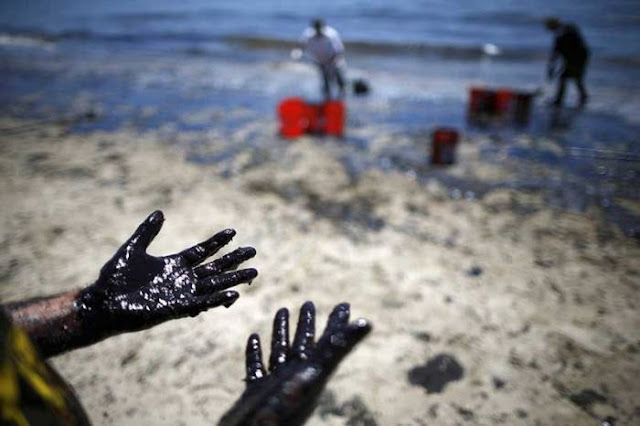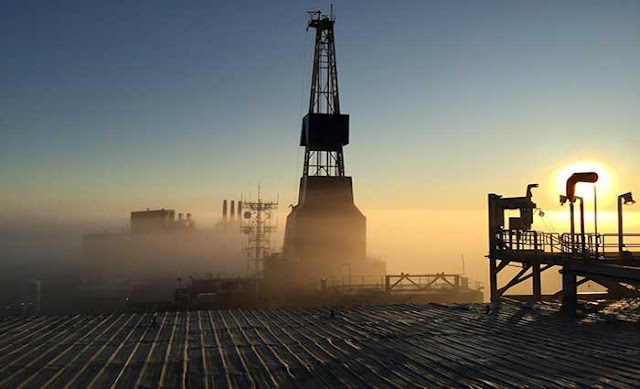Desalination and Dehydration of Oil
THE
DESALINATION AND DEHYDRATION OF HYDROCARBON, PERFORMED UNDER DIFFERENT
PROCESSES, ALLOWS THE EXTRACTION OF SALTS, WASTE AND WATERPROOF CONTENTS.
When the
oil is extracted from its depths, it usually goes through processes that make
it suitable for its subsequent use. It often contains gases, unwanted
contaminants, soluble solid particles such as sand and salts dissolved in water
called brines.
This salt
leads to certain problems such as corrosion and tartar so it must be extracted
from the crude. As the salt is diluted in water, desalination removes not only
salt but also residual free water.
To remove
the salt from the oil, you can remove the water it contains, or dilute it.
Desalters are used for this purpose that can perform both tasks and using
electrostatic charge remove most of the water or inject clean water to dilute
the salt concentration.
The
measurements of the type and level of pollutants that the crude oil contains is
called “Basic Sediment and Water”, or by its acronym BS&W, a process that has to be carried out before the refining
plants start to process the crude, therefore, it is the first unit in virtually
all refineries.
The
distillation units of crude oil process the oil in various fractions at
different degrees of boiling, whose optimum temperature depends on the source
of the hydrocarbon and varies between 100 to 150 degrees Celsius.
Such a
process results in current wastewater called acidic waters, which contain
ammonia and dissolved hydrogen sulfide, and when they are combined, produce
ammonium hydrosulfide in ionic form. Subsequently, these waters are processed
in sour water stripper in distillation towers and are recycled for desalination
washing.
Several
teams intervene consecutively for the desalination and dehydration of the hydrocarbon. In the first place, the gas-liquid
separators intervene in the first instance, and then pass to the gravitational
separators and finally to the heaters. The last desalination step is performed
in electrostatic coalescers, where the oil is subjected to an intense electric
field, generated by high voltage between two electrodes.




